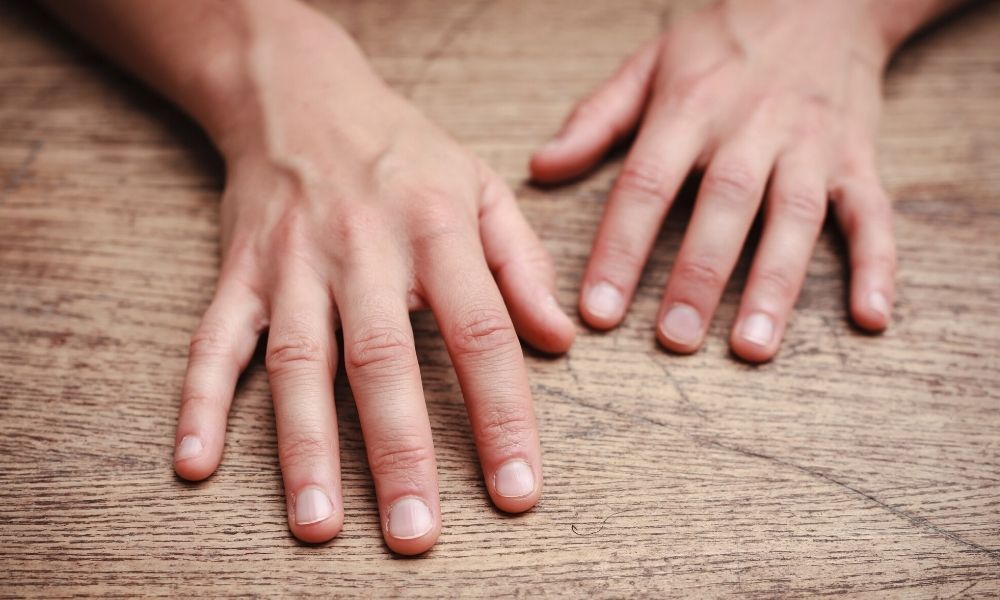How Can Alcohol Be Detected Through Fingernails
Written By admin on
In this series, we have explored the growing complexity of substance abuse testing, particularly testing for alcohol use in ways that are far more sophisticated than the roadside breathalyzer test. Examining hair strands for ethyl glucuronide, a byproduct of alcohol metabolization, gives laboratories and their clients insight into up to 90 days of activity, helping courts and private businesses determine whether test subjects have successfully avoided alcohol.
However, hair testing is not always an option, and when it is not, test administrators need an alternative. The advent of the fingernail drug test has given us that alternative, one that scientists believe is just as effective as a hair test in determining the use of drugs or alcohol. We’ll explain how alcohol can be detected through fingernails and tell labs a story you wouldn’t think they could tell.
What’s in a Nail?
As you brush your hair in the morning, it’s easy to forget that your hair is made of the same material as your nails—keratin. This thick and hard protein makes up not only hair and nails in humans but also hoofs, horns, claws, and other hard body parts across the animal kingdom. Your nails may not behave the same way as your hair in everyday life, but when it comes to the metabolization of alcohol, it’s possible that test time could give you a bad nail day.
How Does It Work?
When the liver processes alcohol, it leaves behind a substance called ethyl glucuronide, a metabolite that serves as a direct biomarker—that is to say, it can only appear as a result of metabolizing alcohol. The body excretes these metabolites through urine and sweat, but as we sweat them out, hair absorbs them, where they can stay for up to 90 days. Keratin, after all, is a strong but porous and absorbent material. Just as these metabolites can reside in hair, they can also end up in your fingernails and toenails. Metabolites from other substances, such as THC and amphetamine, can also manifest themselves in your nails.
Why Nail Testing?
Nail testing can offer some benefits over hair testing. While not all test subjects may have hair to spare, they almost certainly have fingernails or toenails that are long enough to clip for a sample—about two millimeters per nail. Testing nails also eliminates the confounding variables of hair color and texture, which can affect how much of a metabolite they absorb. After about a week, a nail can show months’ worth of alcohol biomarkers—sometimes not just 90 days but as many as 180 days. With a better understanding of how alcohol can be detected through fingernails, this testing modality may be the right one for you. If a less invasive nail test for alcohol better suits your needs, learn more about our testing options.




